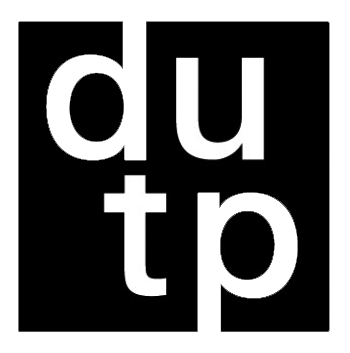O BIOMA E O RURBANO:
Estudo territorial em zona de transição do sul de Minas Gerais/Brasil
DOI:
https://doi.org/10.5821/siiu.13012Resumen
O artigo aborda a relação entre bioma, território e sociedade, destacando a importância, negligenciada, das áreas rurbanizadas e seu papel nas dinâmicas socioespaciais. Utilizando abordagem transdisciplinar e decolonial, no território de transição do sul Mineiro/Brasil, correlaciona-se o processo de ocupação com o planejamento urbano e regional. A pesquisa, desenvolvida, adota uma perspectiva metodológica que considera a ocupação originária de
populações humanas, fauna e flora em relação à ruralização e a urbanização, num território de transição de biomas. Revela-se a complexidade das transformações territoriais através de análises, mapeamento físico e digital, visitas a sítios arqueológicos e remanescentes dos biomas Mata Atlântica e Cerrado. Os resultados evidenciam interações históricas entre invasores europeus, comunidades indígenas e a natureza, contribuindo para a compreensão da ocupação urbana e territorial na região. Essa abordagem desconstrói narrativas dominantes e reconhece a diversidade cultural e paisagística neste contexto.
Publicado
Número
Sección
Licencia
Derechos de autor 2024 Creative Commons

Esta obra está bajo una licencia internacional Creative Commons Atribución-NoComercial-CompartirIgual 4.0.
Aquellos autores/as que tengan publicaciones con esta revista, aceptan los términos siguientes:
- Los autores/as conservarán sus derechos de autor y garantizarán a la revista el derecho de primera publicación de su obra, el cuál estará simultáneamente sujeto a la Licencia de reconocimiento de Creative Commons CC BY-NC-ND- 4.0 que permite a terceros compartir la obra siempre que se indique su autor y su primera publicación esta revista, pero no se pueden cambiar ni se pueden utilizar comercialmente.
- Los autores/as podrán adoptar otros acuerdos de licencia no exclusiva de distribución de la versión de la obra publicada (p. ej.: depositarla en un archivo telemático institucional o publicarla en un volumen monográfico) siempre que se indique la publicación inicial en esta revista.
- Se permite y recomienda a los autores/as difundir su obra a través de Internet (p. ej.: en archivos telemáticos institucionales o en su página web) antes y durante el proceso de envío, lo cual puede producir intercambios interesantes y aumentar las citas de la obra publicada. (Véase El efecto del acceso abierto).











